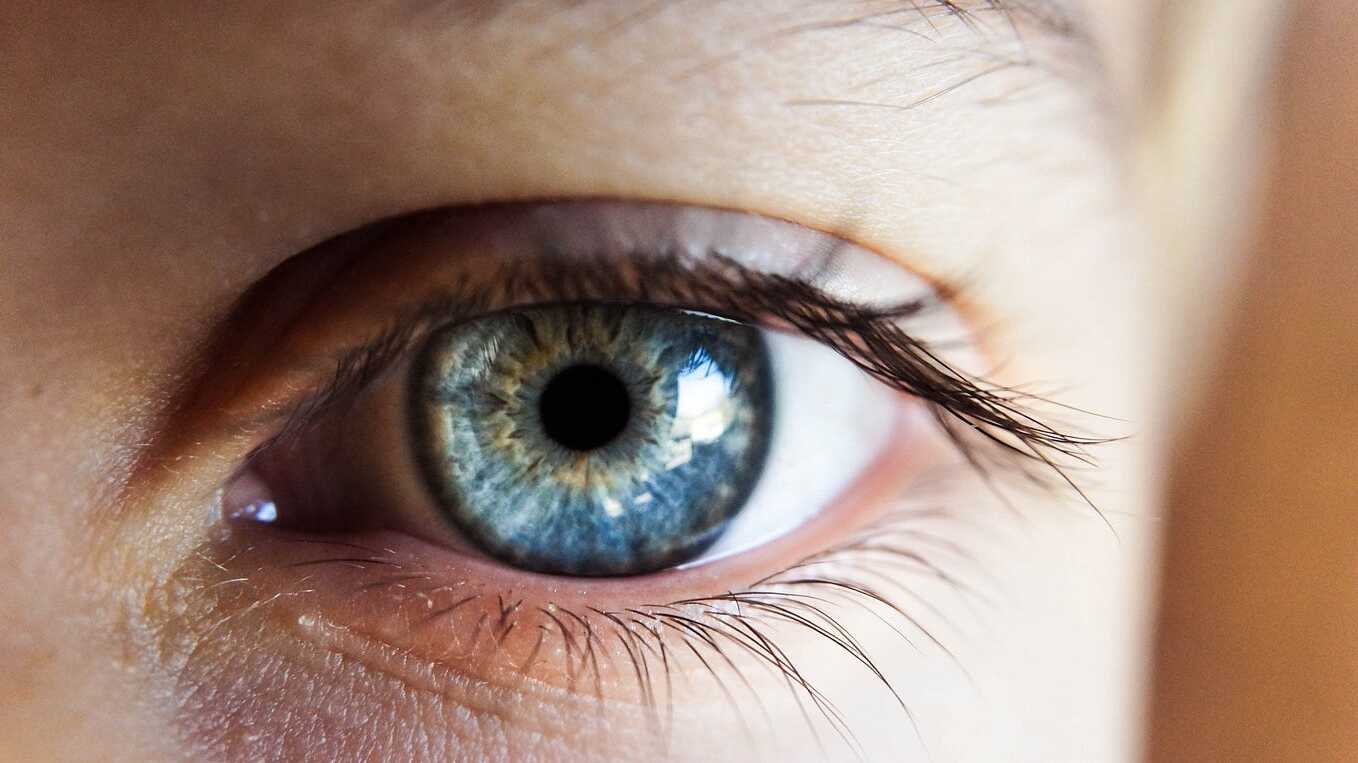
Blue Cone Monochromatism (BCM) is a rare and severe form of color vision deficiency that affects about 1 in 100,000 people, mostly males. This condition results from the absence or malfunction of red and green cone photoreceptors in the retina, leaving only blue cones functional. Symptoms include poor color discrimination, reduced visual acuity, nystagmus, hemeralopia, and photophobia. Genetically, BCM is an X-linked recessive disorder caused by mutations in the OPN1LW/OPN1MW gene cluster. Living with BCM can be challenging due to its impact on daily activities and psychological well-being. Although there is no cure, treatments like dark lenses can help manage symptoms. Understanding BCM is crucial for providing appropriate care and support.
What is Blue Cone Monochromatism?
Blue cone monochromatism (BCM) is a rare and severe form of color vision deficiency. It affects mainly males due to its X-linked recessive inheritance pattern. Let's dive into some key facts about this condition.
-
Definition and Prevalence
BCM is an inherited eye disease causing severe color blindness, poor visual acuity, nystagmus, hemeralopia, and photophobia. It affects about 1 in 100,000 individuals, predominantly males. -
Symptoms
Symptoms include poor color discrimination, poor visual acuity, nystagmus, hemeralopia, and photophobia. Red and green colors appear as shades of gray or blue.
Genetic Basis of BCM
Understanding the genetic roots of BCM helps in diagnosing and potentially treating the condition.
-
Genetics
BCM is caused by mutations in the OPN1LW/OPN1MW gene cluster, which encodes the opsins responsible for red and green color vision. This condition is inherited in an X-linked recessive pattern. -
Visual System Impact
The retina contains three types of cone photoreceptors: LWS (red), MWS (green), and SWS (blue). In BCM, only the SWS cones are functional. -
Color Vision
Individuals with BCM have only one functional color channel, the blue channel. They may see blue or certain shades of blue but not as others do.
Diagnosing Blue Cone Monochromatism
Accurate diagnosis is crucial for managing BCM effectively. Various tests and historical insights aid in this process.
-
Differential Diagnosis
BCM can be differentiated from other color vision deficiencies through specific tests like the Mollon–Reffin Minimal test and the Berson Test. -
Incidence
The incidence of BCM is estimated to be between 1 in 50,000 to 1 in 100,000 in males. It is extremely rare in females. -
History and Diagnosis
BCM was initially described as a subset of achromatopsia. The first detailed description was given by J. Huddart in 1777.
Managing and Treating BCM
While there is no cure, several treatments and management strategies can help alleviate symptoms.
-
Treatment
There is no cure for BCM, but treatments can help manage symptoms. Dark lenses or filters can reduce photophobia. -
Visual Acuity Variability
Visual acuity in individuals with BCM can vary significantly. Some may have better pattern discrimination than those with rod monochromacy.
The Impact of BCM on Daily Life
Living with BCM can be challenging. Understanding its effects on daily activities and psychological well-being is essential.
-
Stationary vs. Progressive Disease
BCM is generally considered a stationary disease, but some studies suggest possible progression with macular changes. -
First Symptoms
The first symptom observed in newborns with BCM is often nystagmus, appearing as early as 2-3 months of age. -
Genetic Testing
Genetic testing is crucial for diagnosing BCM. Identifying specific mutations helps distinguish BCM from other color vision deficiencies.
Family and Psychological Aspects
BCM affects not just the individual but also their family. Psychological impacts are significant and need attention.
-
Family History
A family history of similar eye problems can indicate a genetic predisposition to BCM. Female carriers may experience mild symptoms or be asymptomatic. -
Psychological Impact
Living with BCM can lead to frustration and isolation due to the inability to distinguish colors and the need for constant adaptations.
Research and Future Directions
Ongoing research aims to find better treatments and possibly a cure for BCM. Gene therapy holds promise for the future.
-
Research and Gene Therapy
Recent research focuses on identifying the genes responsible for BCM and exploring gene therapy as a potential treatment. -
Case Studies
Case studies provide valuable insights into the experiences of individuals with BCM. A study published in 2009 detailed the genetic basis of BCM.
Understanding Visual Perception in BCM
Visual perception in BCM is unique and complex. Grasping this helps in better managing the condition.
- Visual Perception
Individuals with BCM may experience a "greyscale" vision where colors appear as shades of gray or blue.
Diagnostic Tests for BCM
Several tests help in accurately diagnosing BCM, distinguishing it from other color vision deficiencies.
- Diagnostic Tests
Tests like the Mollon–Reffin Minimal Test, Berson Test, and D-15 Test are used to diagnose BCM.
Support and Awareness
Support organizations play a crucial role in raising awareness and providing resources for those affected by BCM.
- Support and Awareness
Organizations like the BCM Families Foundation provide support and raise awareness about blue cone monochromacy.
Understanding Blue Cone Monochromatism
Blue cone monochromatism (BCM) is a rare and severe form of color vision deficiency that affects mainly males. It results from mutations in the OPN1LW/OPN1MW gene cluster, causing the red and green cone photoreceptors to malfunction or be absent. This leaves only the blue cones functional, leading to poor color discrimination, reduced visual acuity, nystagmus, hemeralopia, and photophobia. Though there's no cure, treatments like dark lenses can help manage symptoms. Genetic testing is crucial for accurate diagnosis, and ongoing research into gene therapy offers hope for future treatments. Living with BCM can be challenging, but support from organizations and awareness can make a difference. Understanding BCM's impact on vision and daily life is essential for providing appropriate care and support to those affected.
Was this page helpful?
Our commitment to delivering trustworthy and engaging content is at the heart of what we do. Each fact on our site is contributed by real users like you, bringing a wealth of diverse insights and information. To ensure the highest standards of accuracy and reliability, our dedicated editors meticulously review each submission. This process guarantees that the facts we share are not only fascinating but also credible. Trust in our commitment to quality and authenticity as you explore and learn with us.


